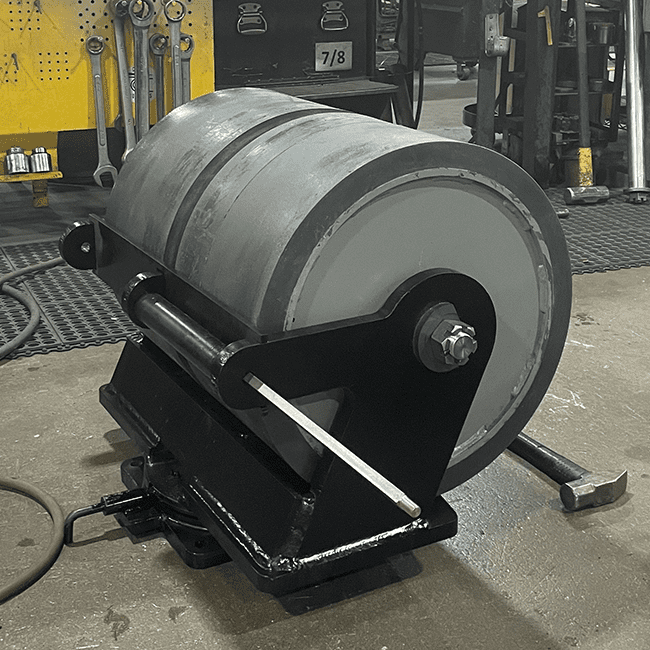

When selecting the ideal caster for your requirements, having access to accurate information greatly facilitates and streamlines the decision-making process. We’ve compiled a list of the top ten frequently asked questions when specifying a caster, including a video that comprehensively addresses this subject.
The goal is to empower you to make informed and confident decisions throughout the selection process.
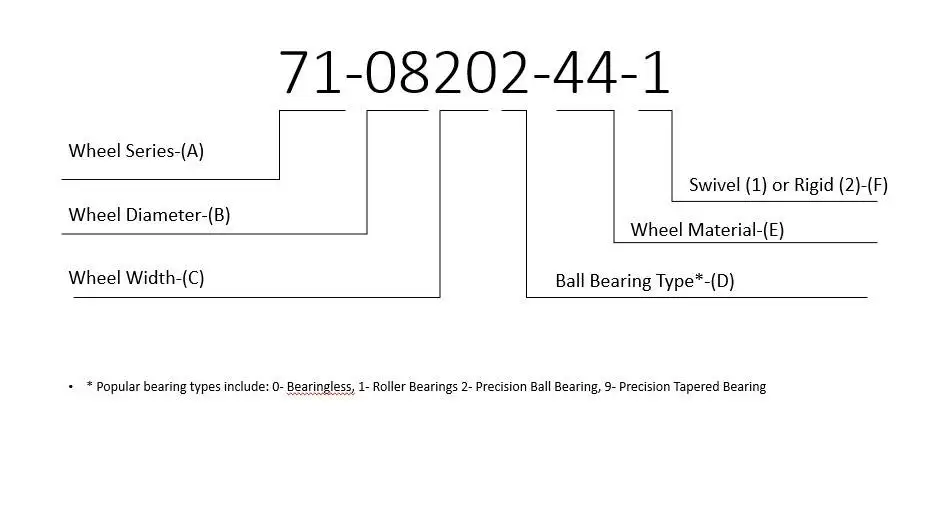
On our website, you will find standard part numbers. We consider these catalog items. If you have a part number that starts with an SP or an SPD, it’s a custom product designed for a specific customer. You won’t find that number on the website if you have that number. Don’t hesitate to contact us so we can determine the unique configuration of the caster. Another common misconception is looking at a number on the wheel and thinking it is the part number. That wheel number is not the final part number but the casting number. However, if you give us that with a few other details, we can usually tell you what product you have.
There are three types of caster parts numbers. Our standard part numbers start with two numbers (is that correct) and can be found on our website. Part numbers beginning with SP or SPD are solutions engineered for a specific material handling challenge. If you have a part number from the caster wheel rather than the axle (whatever the term is), it is likely a component number for the caster wheel. Regardless of your number, feel free to chat, call, or phone us, and we’ll confirm you have the optimal caster for your application.
Understanding the load rating is the first step in specifying an industrial caster. Industry best practices are taking the maximum load to be moved and dividing it by the number of casters minus one. In the case of a four-wheel material handling cart, the calculation of caster capacity required would be
Caster Load = Maximum Load Being Moved Three Casters (N-1).
The second thing to consider is if the material load will be manually pushed or moved mechanically with a tow motor or motorized caster. Powered and towed carts are generally driven at higher speeds over greater distances, requiring different wheel materials for optimal life.
Thirdly, what environmental concerns exist? Understanding if the caster is being exposed to FOD or chop on the factory floor, high temperatures from furnaces or paint lines, etc., or external elements from outdoor applications ensures the correct caster design and specification for optimal ergonomics and caster wheel life.
If the casters are for existing or similar applications in your facility, what has caused the need for replacements? This will help determine if maintenance-free casters are the best solution, eliminating the need to grease the caster.
Lastly, have you had OSHA safety or ergonomic issues in your material handling applications? If you attempt to reduce the risk of stress injuries and improve ergonomics, an ergonomic caster such as Twergo or a multiple-wheel caster design reduces rolling resistance and push force. Other safety options include toe guards and caster brakes that can help lower the risk of reportable incidents. RELATED: Where do you start when choosing a caster?
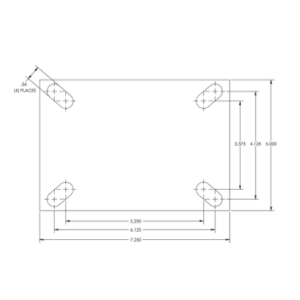
Can I specify a bolt-hole or mounting pattern for a specific overall height? What about shortening the swivel radius to fit underneath my cart? The answer to all these questions is YES! We can customize pretty much any product we make and do it easily and quickly.
This question is often raised by aerospace customers who must adhere to stringent safety requirements. Our industrial casters are designed and tested to ICWM (International Caster and Wheel Manufacturing Association) standards. For reference, all of our casters are designed with a four-time safety factor on static loads. If you need a different safety factor, we can run the finite element analysis and the stress analysis to figure out how we need to change the design to get you the safety factor that you need.
In the majority of cases, the answer is yes. This depends on your design constraints and what you’re trying to do. If you’re trying to push a cart off the back of a semi and the casters keep breaking off, we can help you, but some applications are pretty tough.
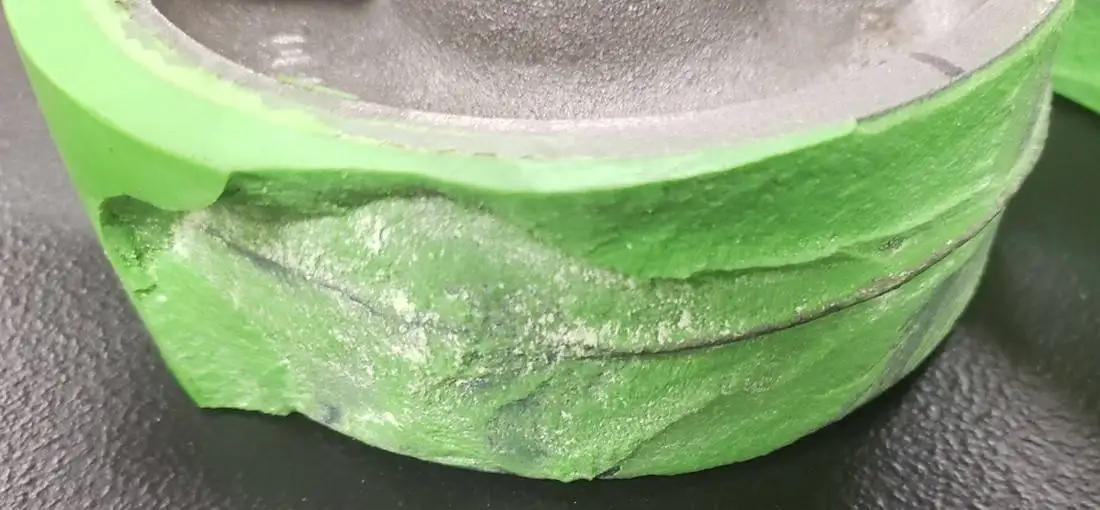
The right specs can help you avoid overloading your caster.
Determining the lifespan of a caster is a commonly posed question during the specification process, yet providing a definitive answer is challenging.
The longevity of a caster is contingent upon factors such as the caster type, the specific application it serves, and the level of maintenance it receives. Instances exist where casters deployed in certain applications have maintained their integrity for over 50 years since leaving the factory.
This longevity is often attributed to non-abusive application conditions and well-maintained maintenance practices. Conversely, in more demanding applications involving frequent turns, such as forklift operations, caster wheels may wear down in six months due to the aggressive nature of the workload.
For the most part, if your application isn’t too abusive and you maintain the product well, you should expect years of life out of your casters. If you know you have a harsh application, we can work with you to get the longest life possible out of your casters.
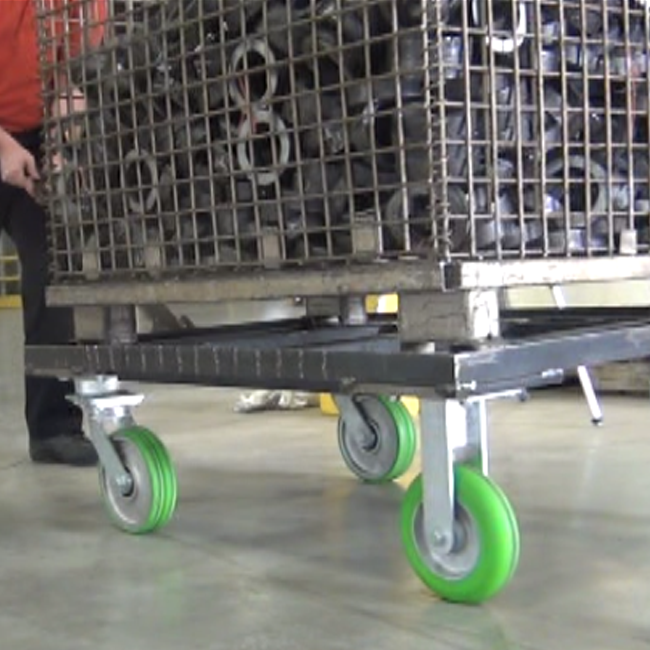
This is a popular question we’ve been asked within the last 10 years. It involves improving the swivel section, the urethane, and the wheel design. Contact us if you have a cart that’s hard to move or not meeting your internal safety standards. We can talk about the application, and then we can figure out what the right product to try is. We’ve done a lot of internal testing, and we have our database of results that we can share to help show you what direction you should be going in to make your cart easier to move.
This varies widely depending on your application, load capacity, and what you try to do. If you go to our website and pull up a specific SKU, we’ve tried to simplify this by showing you a range of costs and what determines these ranges, such as the different add-ons and options.
These include swivel locks, brakes, toe guards, and other types of urethanes. Those are the factors that can determine that range of cost.
For very customized applications, you could get into things like customized wheel cores and custom swivel sections, which are options that can dramatically change the cost of a caster. Consult with our factory engineers to determine what you need and if it fits your budget.
RELATED: Why do casters vary so much in cost?
Our average lead time is around two weeks, which can change depending on the complexity of the caster and the number of purchased goods involved. But, in general, our lead times are two weeks or less, and we’ve built our manufacturing systems to allow us to handle a high variation in the type of product and quantity. With a vertically integrated manufacturing process, we control the entire process, from the cutting of steel to the pouring of urethane, and that’s what allows us to customize your product and still deliver in a pretty short lead time.
We design to the ICWM standards, so static is a four-to-one safety factor; for dynamic, it’s two-to-one. If you require something different, contact us. You can work with our engineering team, and we can get you what you need regarding safety factors.
RELATED: What is a safety factor for casters?
If you still have questions, check out the video below or our learning center for more information. To talk to a caster professional who can give you immediate feedback and the answers you need, contact us or call for immediate assistance.